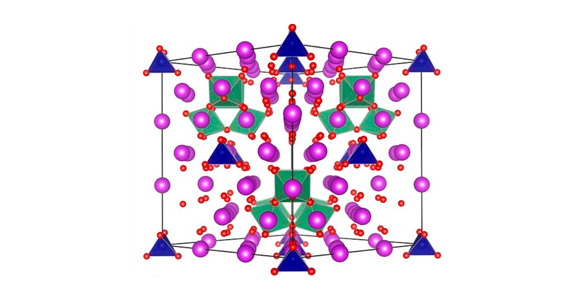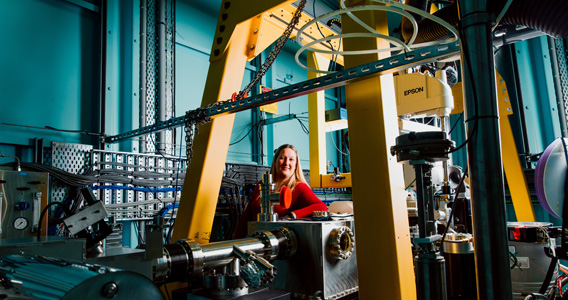Abstract
Within one year of first light, the SAXS/WAXS beamline has already emerged as a highly successful facility and one of the world’s leading scattering instruments. It is highly sought after by Australian and New Zealand researchers and is now attracting international attention. SAXS is amongst the fastest growing of the X-ray scattering techniques in current research, and in strong demand by a diverse range of researchers. Whilst our current capabilities are substantial, formidable improvements in performance and capability are readily achievable and are increasingly required by advanced users pursuing the highest quality science.
The required upgrades include significant investment in sample handling and environments, a multilayer monochromator, extending the length of the beamline, a basic USAXS capability, detector upgrades, and equipment for in-plane scattering.
The upgrade plan for the existing IVU beamline has been developed in conjunction with a proposal to build a new small angle scattering beamline for structural characterisation of biological molecules (BioSAXS) in a Q range of <0.005 to 0.5 Å-1. The upgraded beamline will focus on challenging experiments which exploit its unique capabilities, including the ability to:
- obtain significantly improved data at very low q angles;
- obtain good signal from very weak scatterers;
- undertake time resolved measurements;
- perform simultaneous WAXS data acquisition;
- be highly flexible to sample environment; and
- undertake liquid surface scattering.
These upgrades will ensure the SAXS/WAXS beamline is able to extract the full potential of the Australian Synchrotron source, whilst remaining highly competitive both with existing facilities and with very advanced new storage rings coming online worldwide, for many years to come.
Details
The upgrade consists of 6 main aspects:
- a substantial investment in the design and fabrication of sample environments. These include automated liquid handling and sample cells for dilute protein analysis, several multi-sample heater-cooler stages, humidity control and in-vacuum GISAXS. These can also be shared with other beamlines as needed.
- install the multilayer monochromator that was allowed for in the original design. This will greatly improve low-q performance and fast time resolved capabilities. Higher available flux will allow tighter collimation for improved data quality, stability and reliability, and fully exploit the time-resolved performance of the detectors at the beamline.
- extend the experiment hutch by 3.5 metres, and move the current sample position and endstation downstream by 3 metres. The current floor space (40m) is insufficient for adequate collimation geometry and a minor extension will substantially improve the performance of the instrument and its operational efficiency at all camera lengths, in particular at very low q (<0.01 Å-1). No modifications to beamline optics are required.
- Modify the current beam conditioning stand to permit additional incident beam optics, in particular in-line Bonse-Hart USAXS collimation crystals. The optics could be quickly moved in/out of beam WITHIN the course of a single experiment, and even on individual samples. Modifications to the SAXS camera would be made to include the receiving optics for USAXS. Options for additional elements in the future remain open, such as mini-focus or coherent diffraction imaging.
- Detector upgrades:
- Upgrade the 200k Pilatus detector to 300k (simply add third module)
- add additional readout electronics to all Pilatus detectors for full-speed readout.
- a custom 2D detector for 2D WAXS. This is particularly useful for polymer science.
- Other minor purchases such as point detectors and electronics.
- Additional goniometer and collimators to permit in-plane scattering on liquid surfaces. This can readily be installed on existing equipment already designed for the purpose.
![]() Download Full Project Proposal Here (pdf, 52kb)
Download Full Project Proposal Here (pdf, 52kb)
Contact Nigel Kirby
Position: Principal Scientist - SAXS/WAXS, Australian Synchrotron
Phone: +61 (0)3 8540 4169
Fax: +61 (0)3 8540 4200
Email: nigel.kirby@synchrotron.org.au
Further Information
- Contact Andrew Peele or Kia Wallwork at asdp@synchrotron.org.au.











